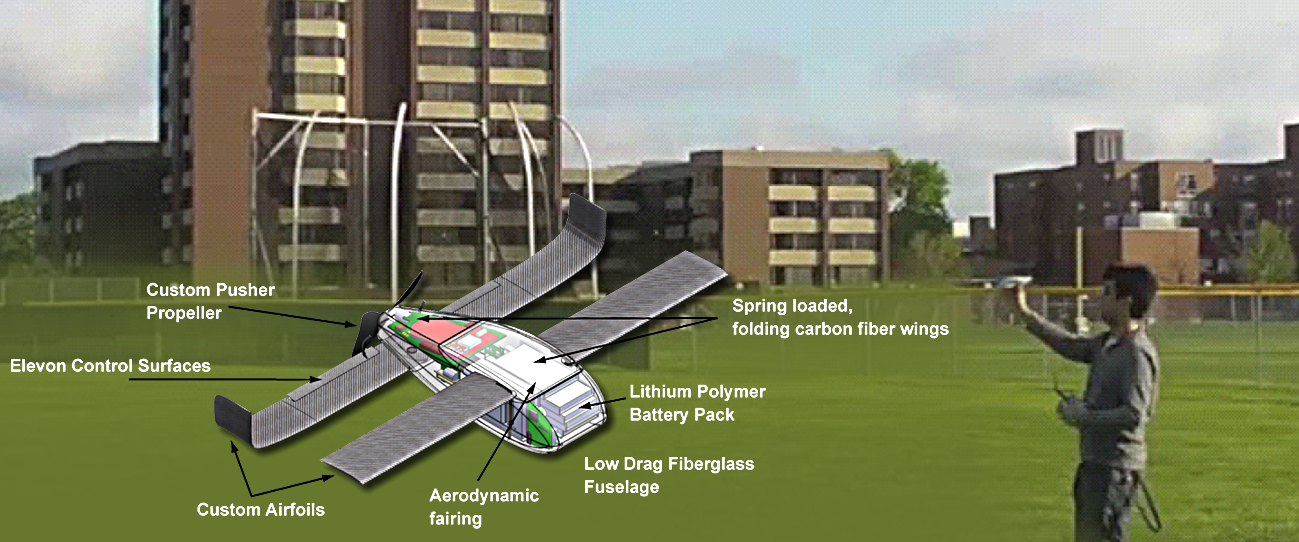The Defense Department announced yesterday a successful test of the world’s largest micro-drone swarm. Conducted at China Lake, California in October 2016 by the DOD’s Strategic Capabilities Office, in partnership with Naval Air Systems Command, three F/A-18 Super Hornets launched 103 Perdix micro-drones. According to the DOD press release, “the micro-drones demonstrated advanced swarm behaviors such as collective decision-making, adaptive formation flying, and self-healing.”
The micro-drone swarm comprises an autonomous system.
“Due to the complex nature of combat, Perdix are not pre-programmed synchronized individuals, they are a collective organism, sharing one distributed brain for decision-making and adapting to each other like swarms in nature,” said [Strategic Capabilities Office] Director William Roper. “Because every Perdix communicates and collaborates with every other Perdix, the swarm has no leader and can gracefully adapt to drones entering or exiting the team.”
The Perdix micro-drones were originally designed by Massachusetts Institute of Technology engineering students, and modified for military use by the MIT Lincoln Laboratory in 2013.
 To get an idea of the military potential of this technology, watch the demo video tracking the simulated mission.
To get an idea of the military potential of this technology, watch the demo video tracking the simulated mission.
In related news, the U.S. Army Research Laboratory and Georgia Technical Institute is developing the capability for soldiers in the field to 3D-print swarms of mini-drones to specific specifications within 24 hours. As reported by Defense One,
“A soldier with a mission need uses a computer terminal to rapidly design a suitable [drone],” says a poster by project chief engineer Zacarhy Fisher. “That design is then manufactured using automated processes such as laser cutting and 3D printing. The solution is sent back to the soldier and is deployed.”
Inspired by the modular adaptability of Legos, Fisher says the each drone could be fabricated in less than a day, with total turnaround time of less than three days.
